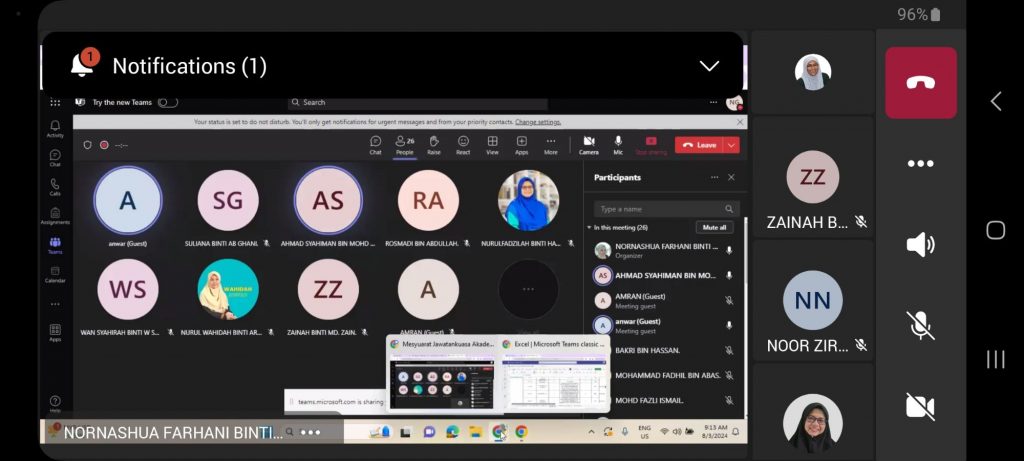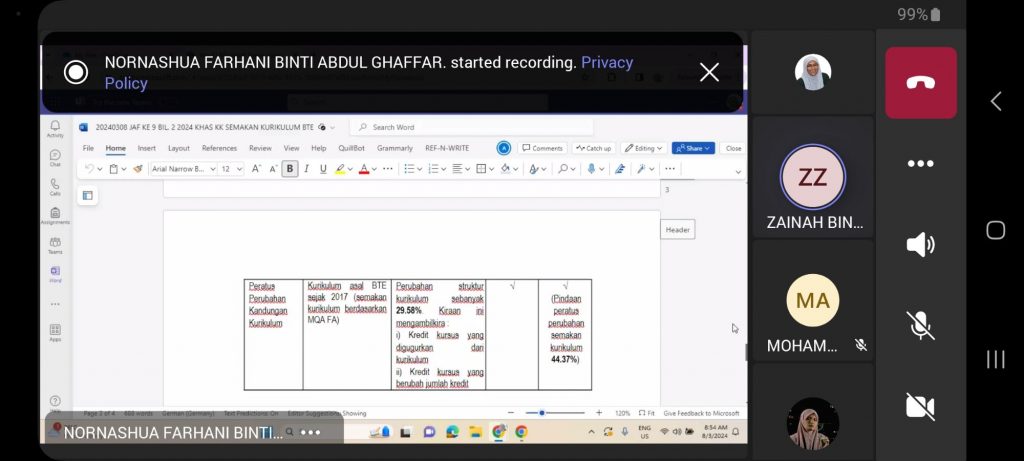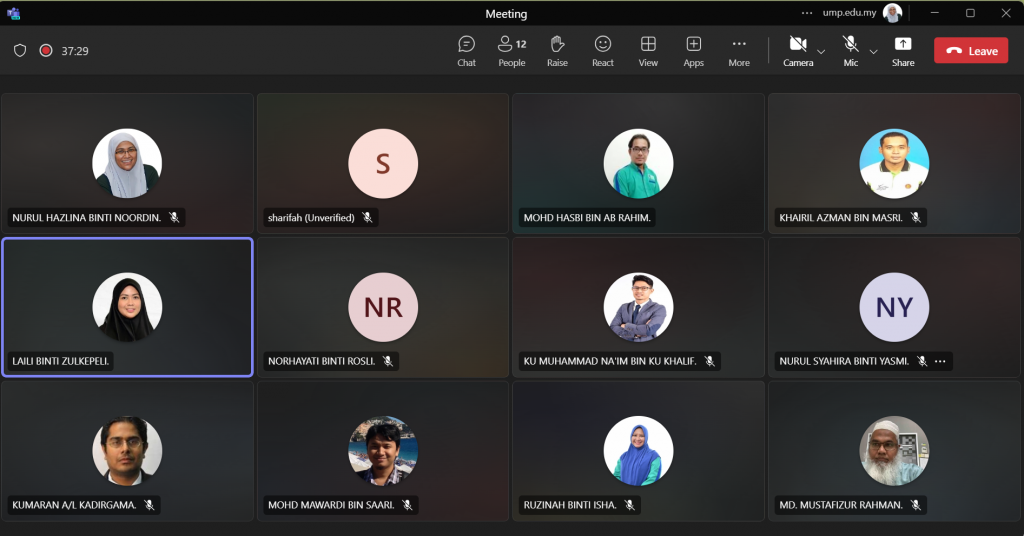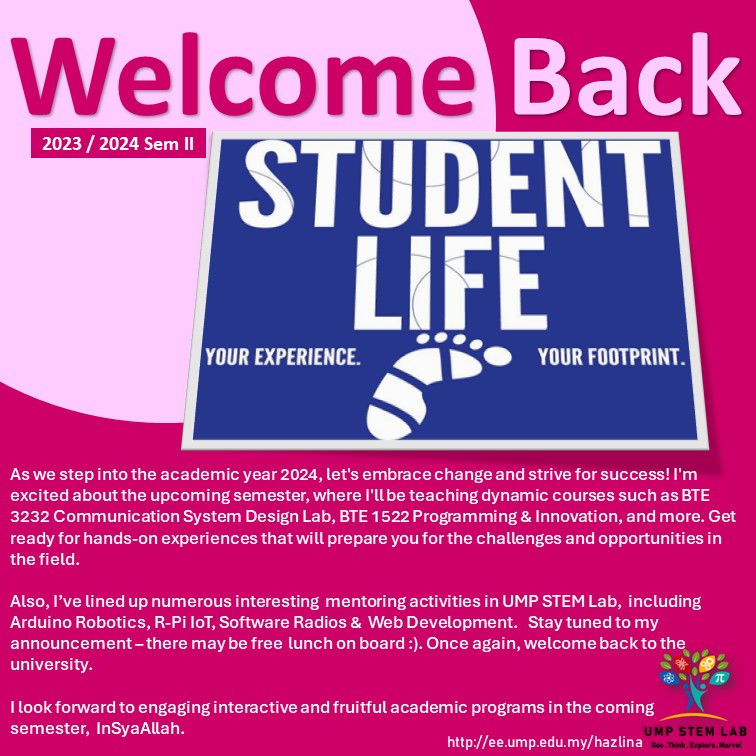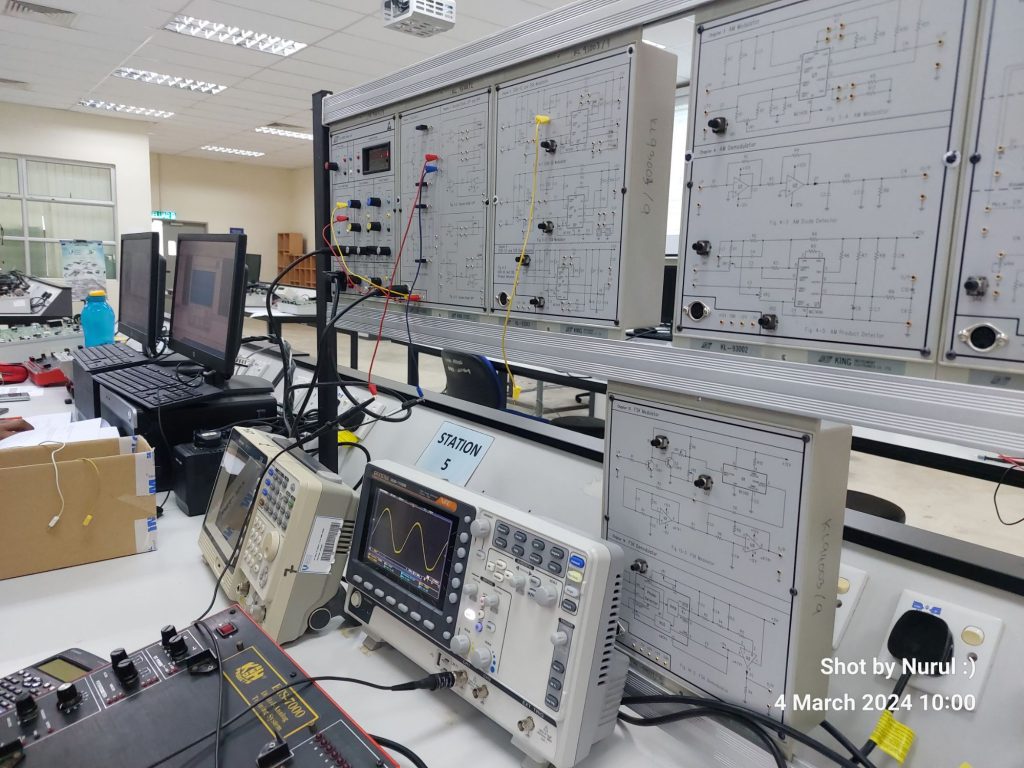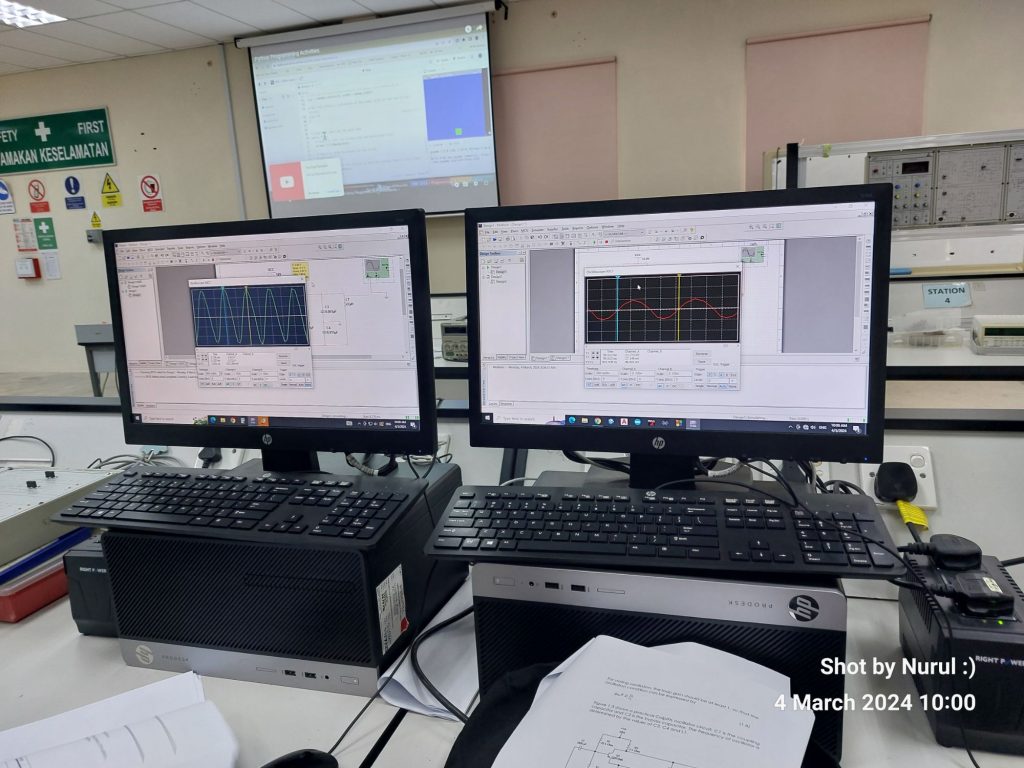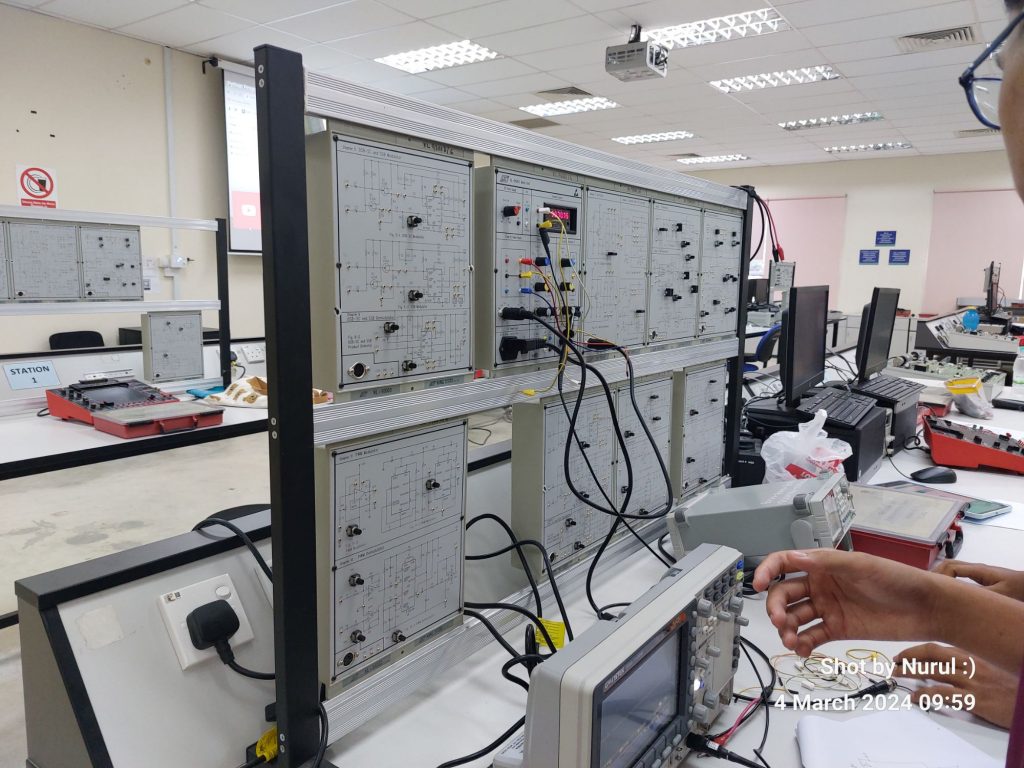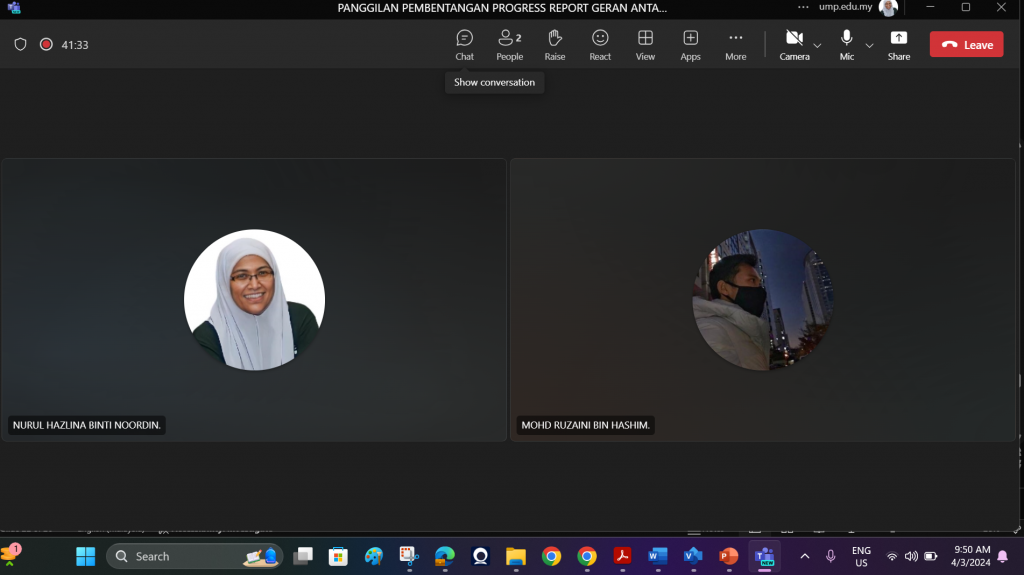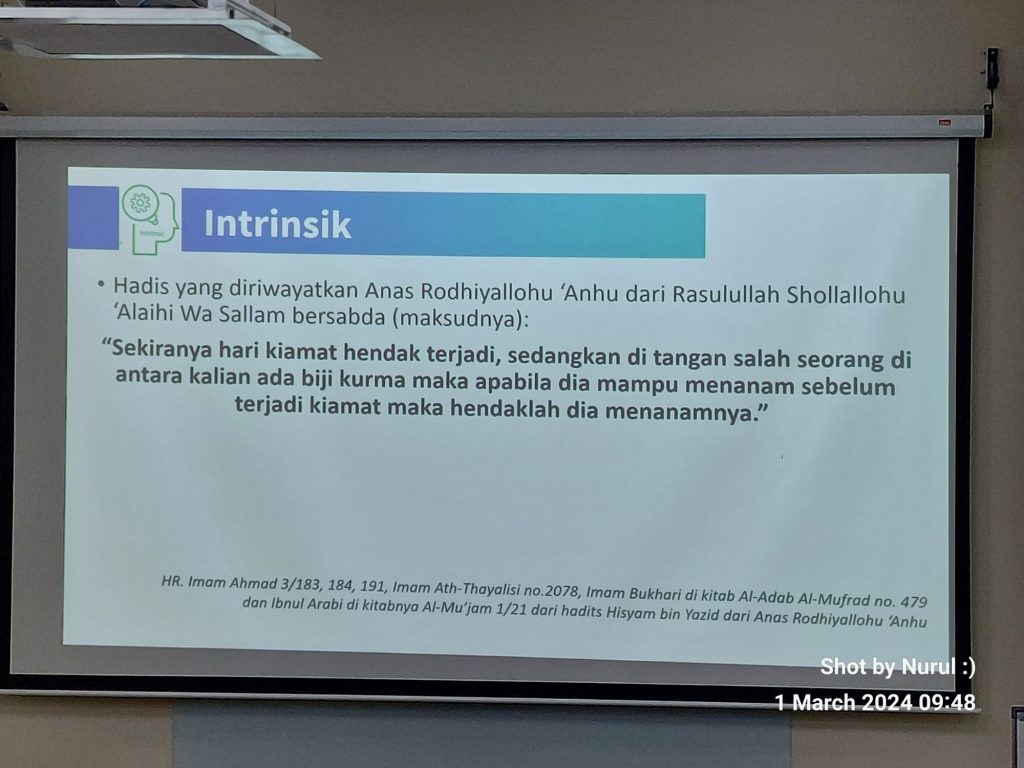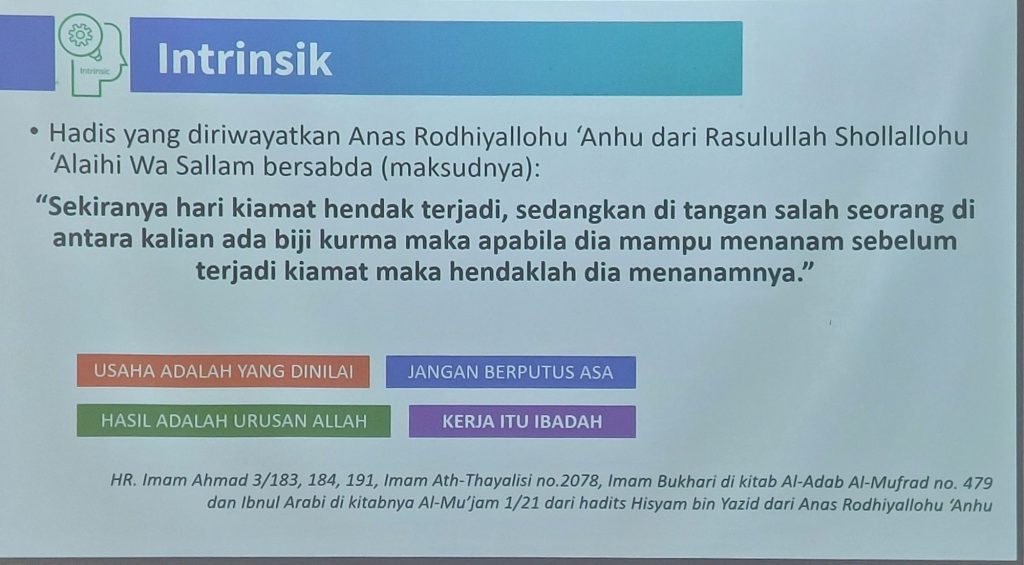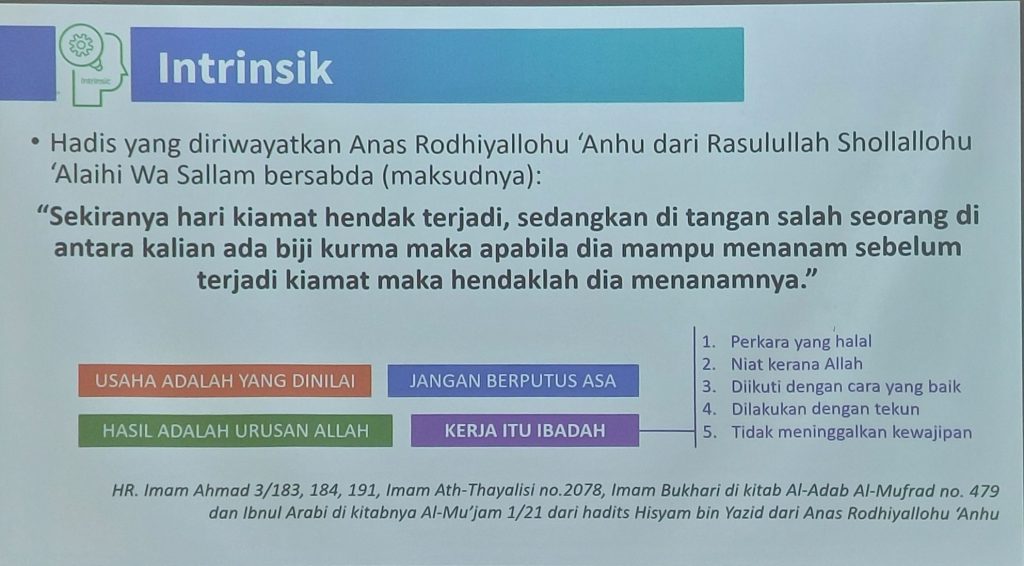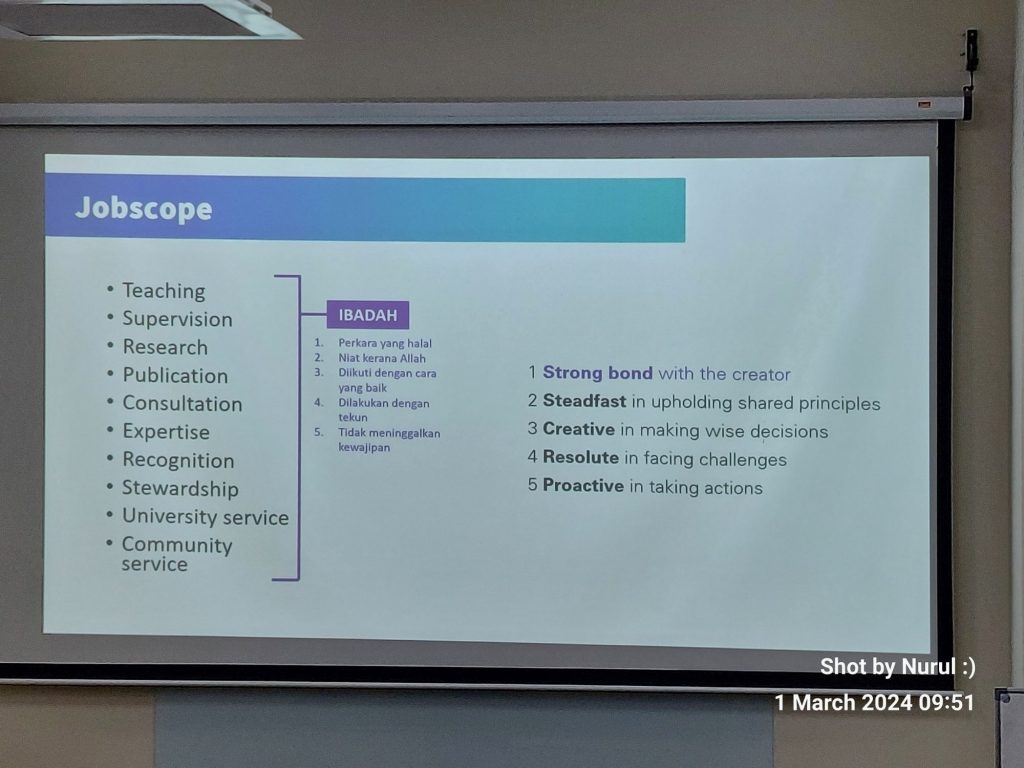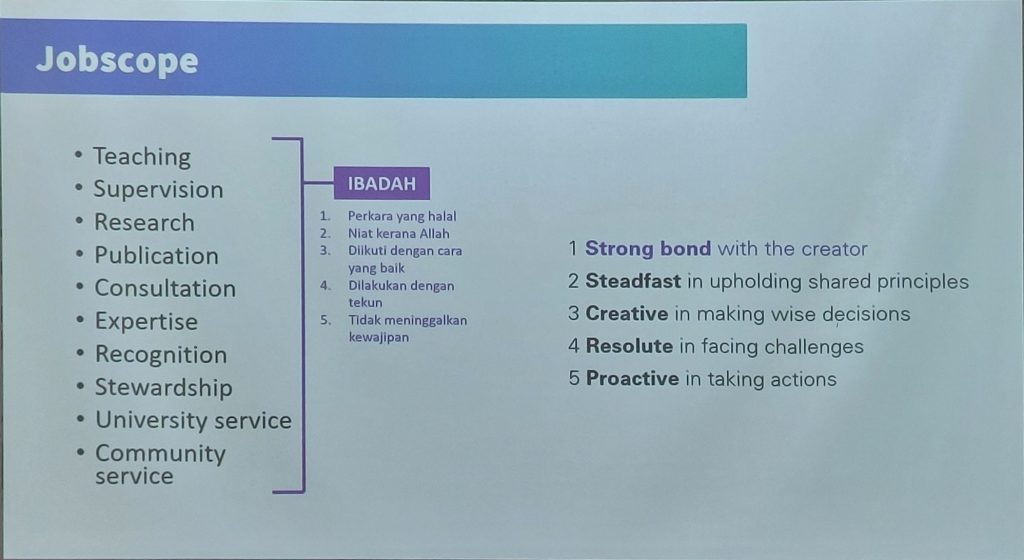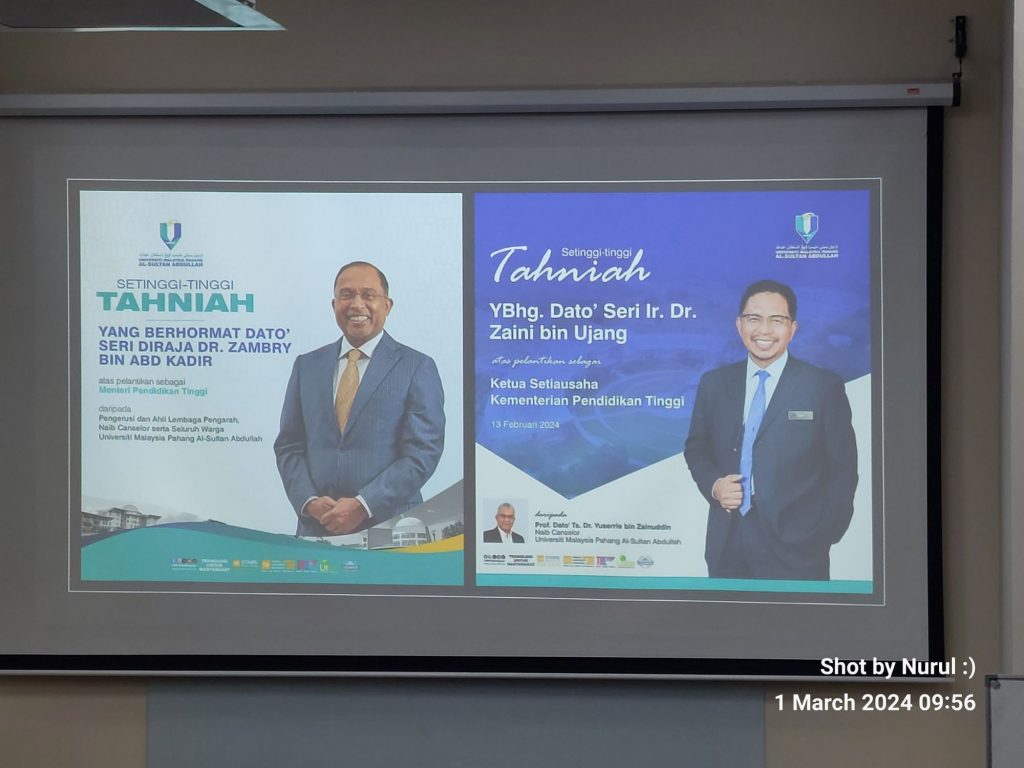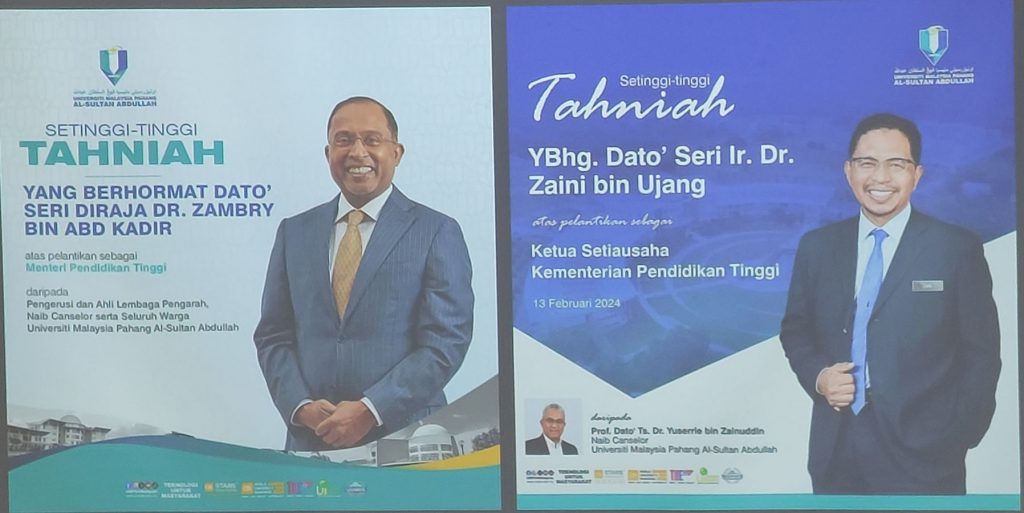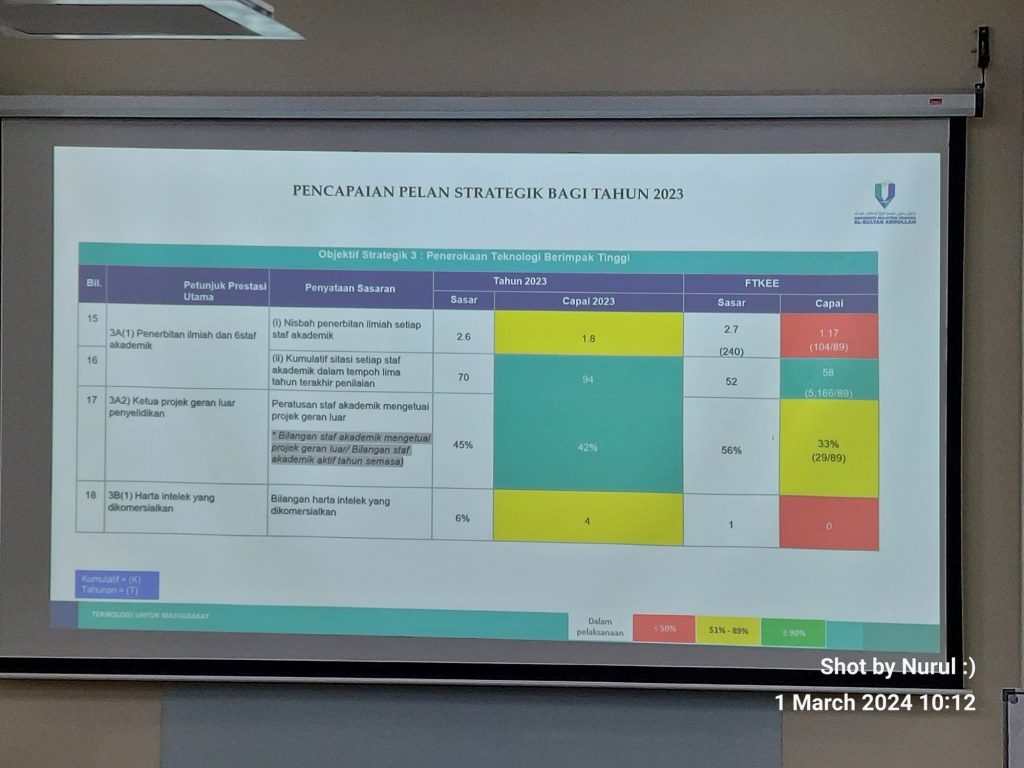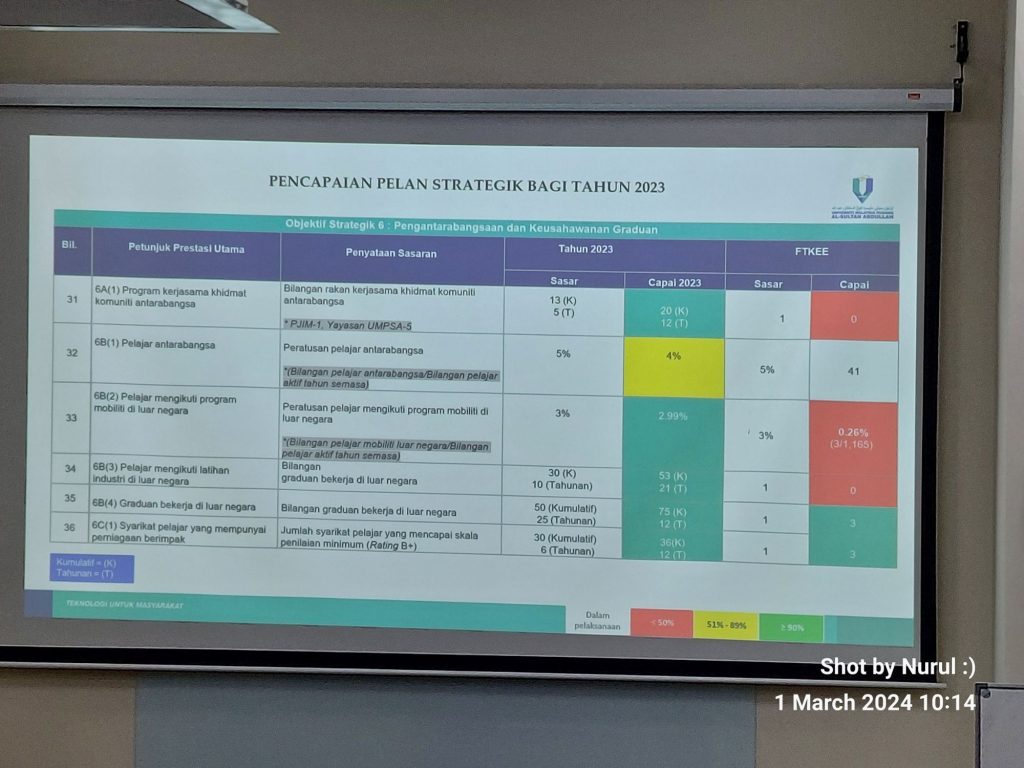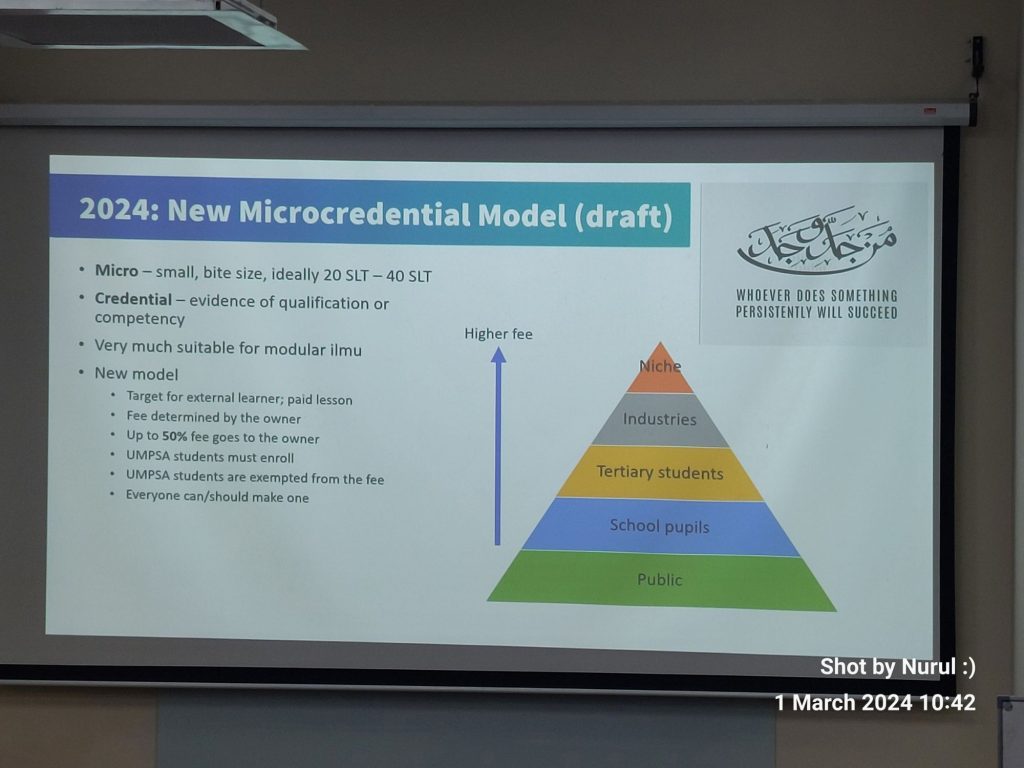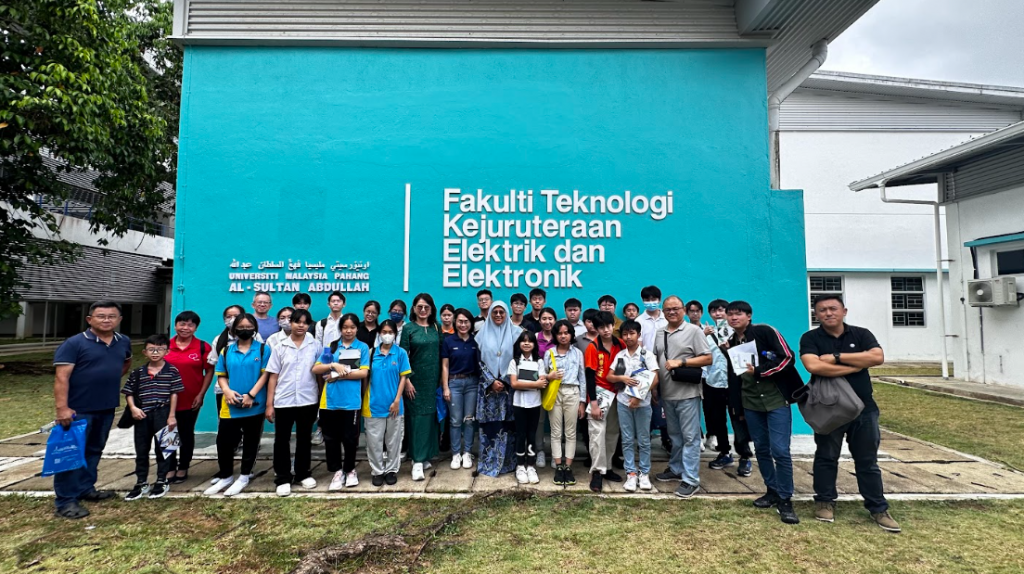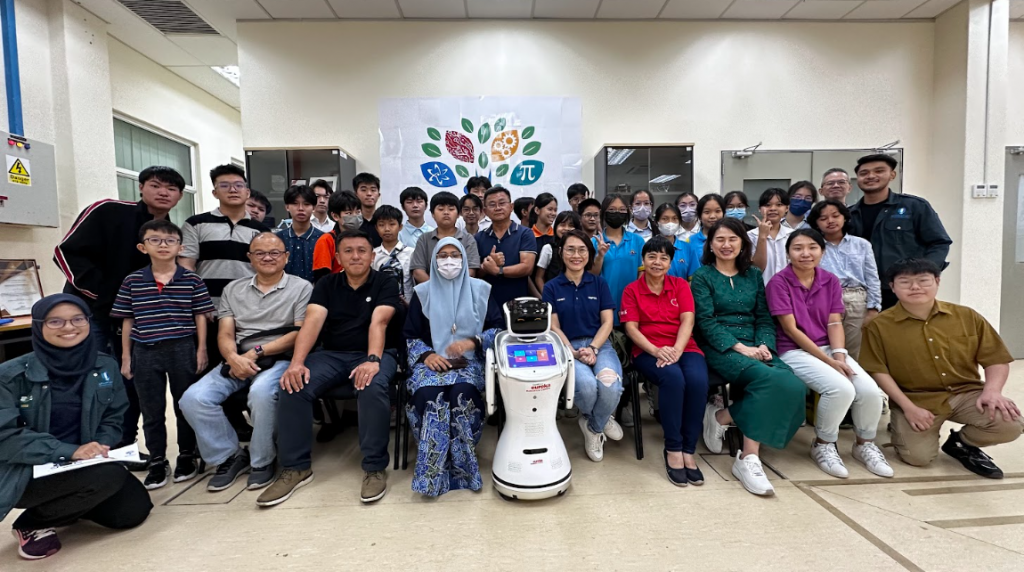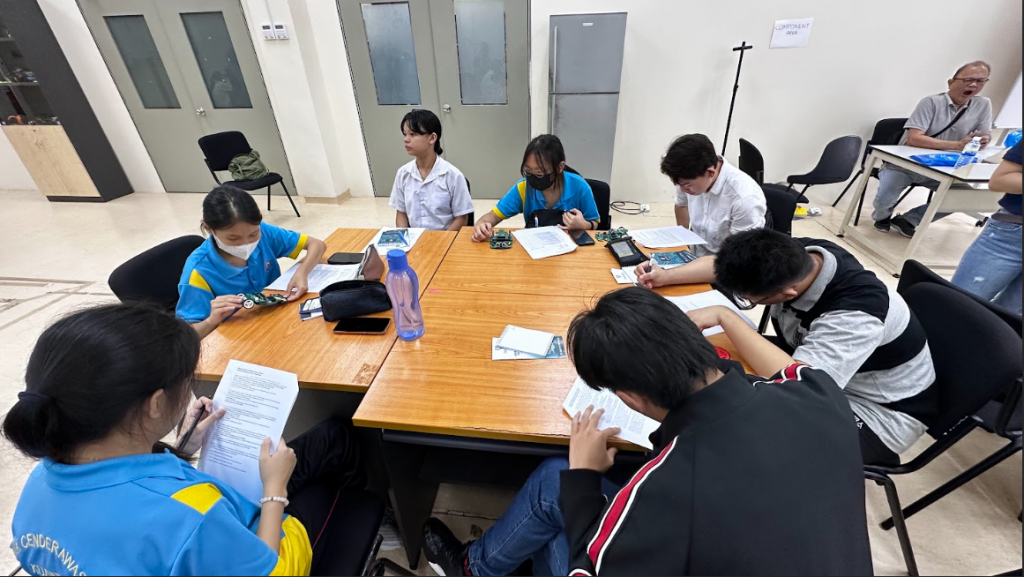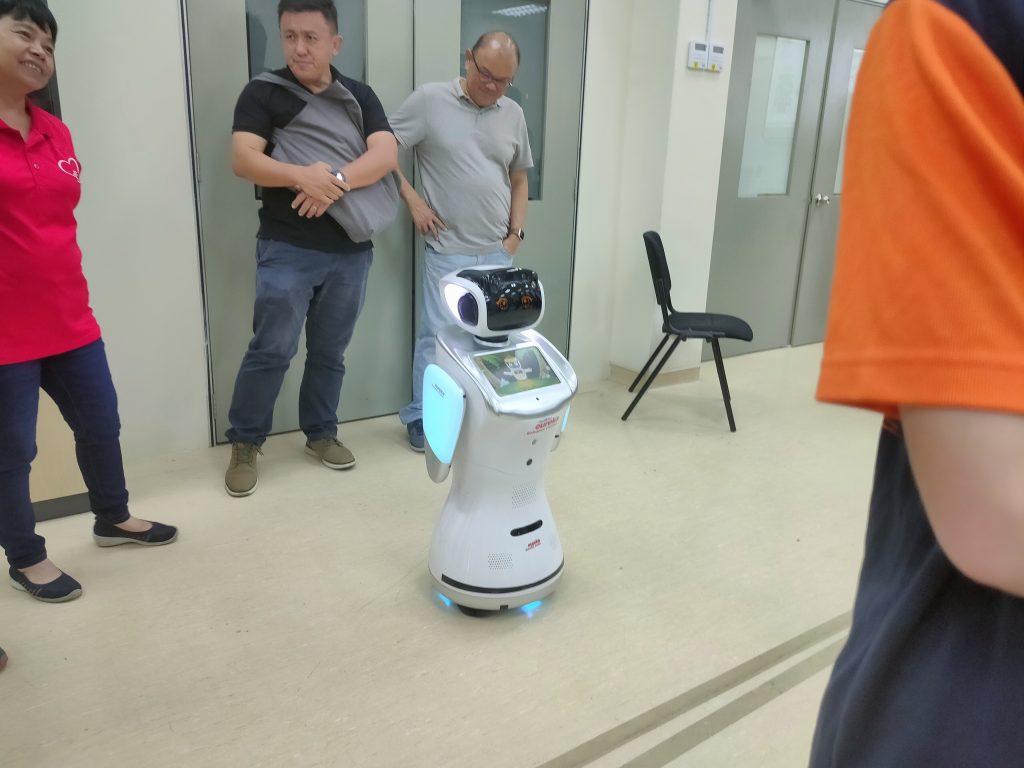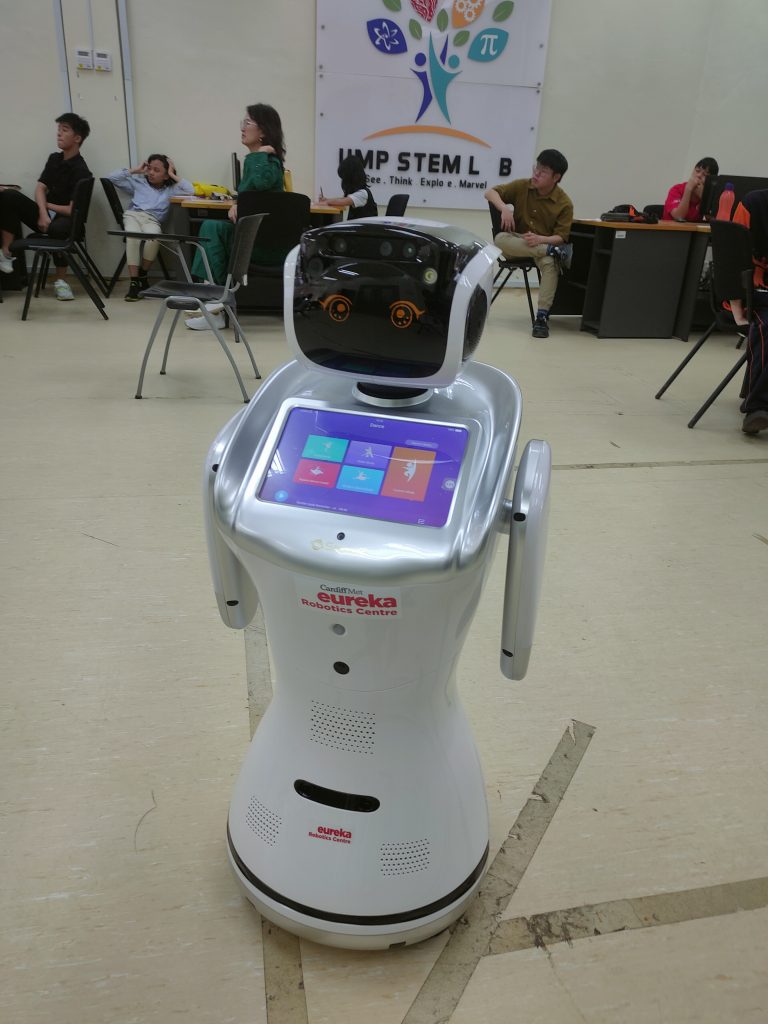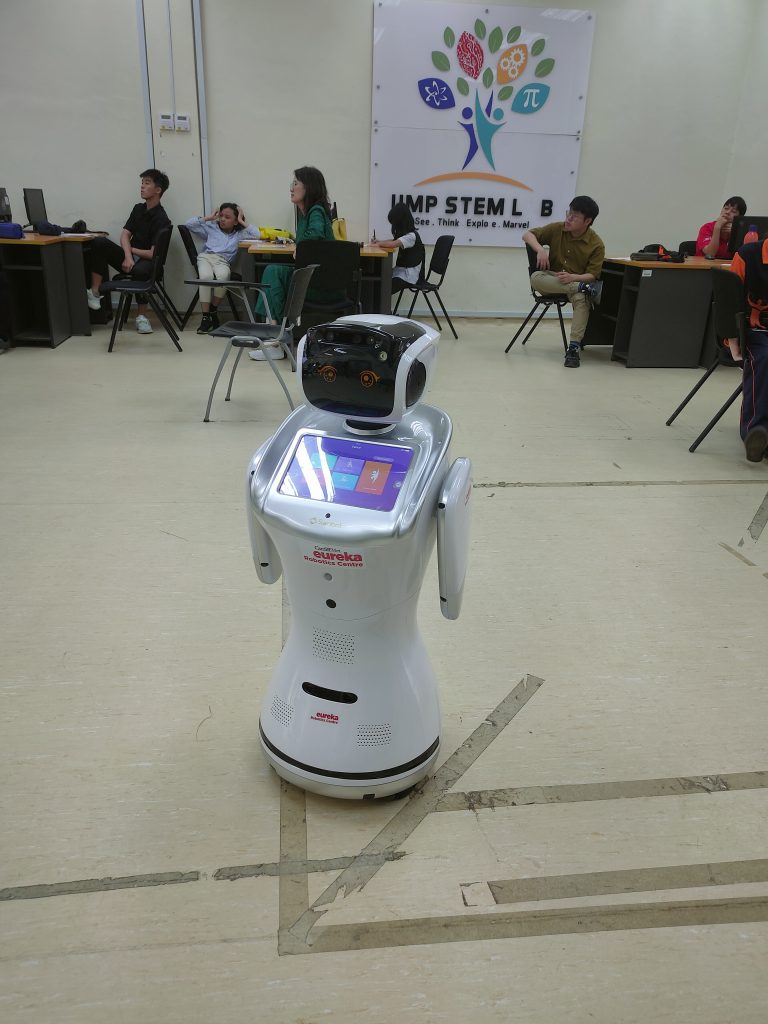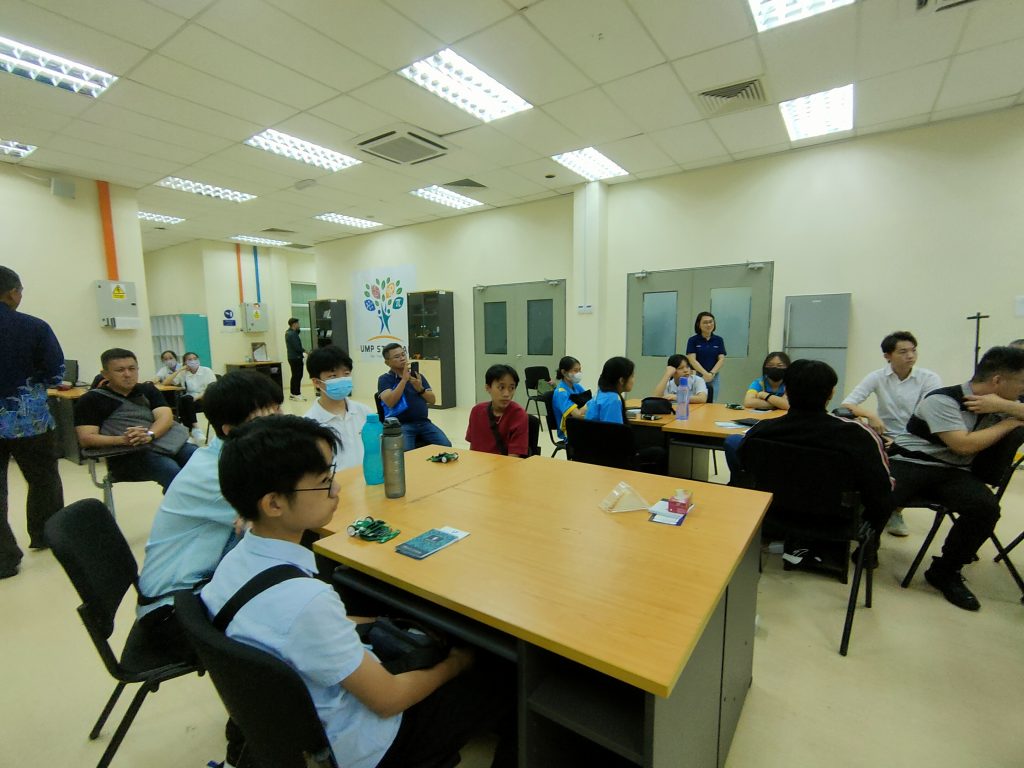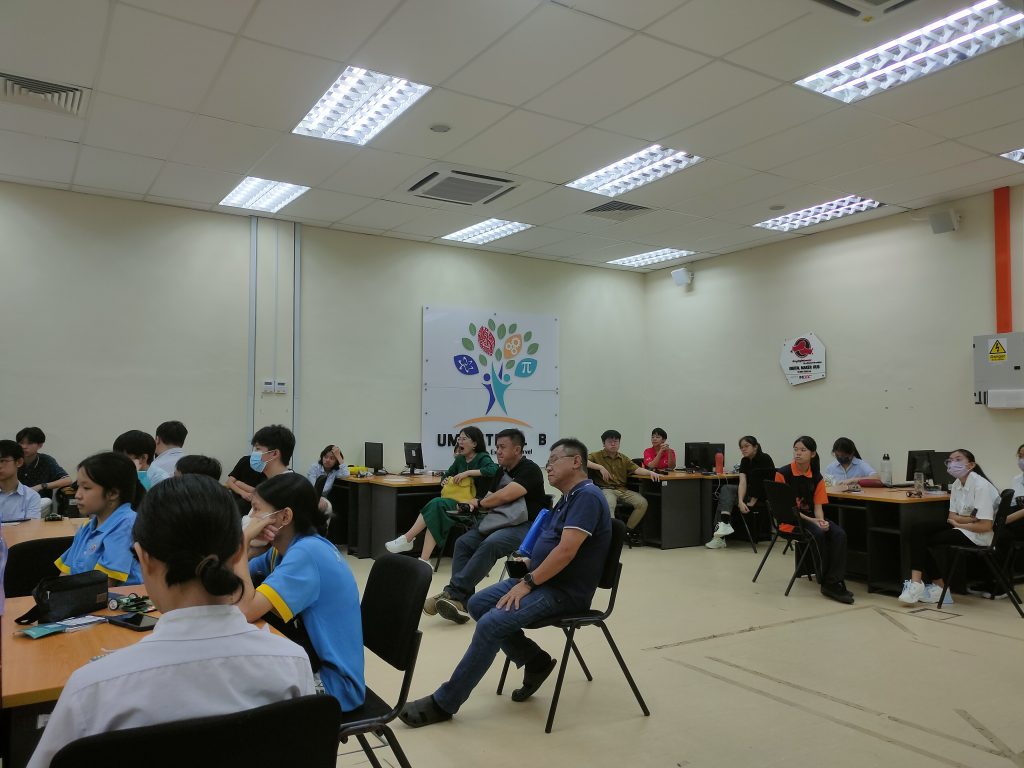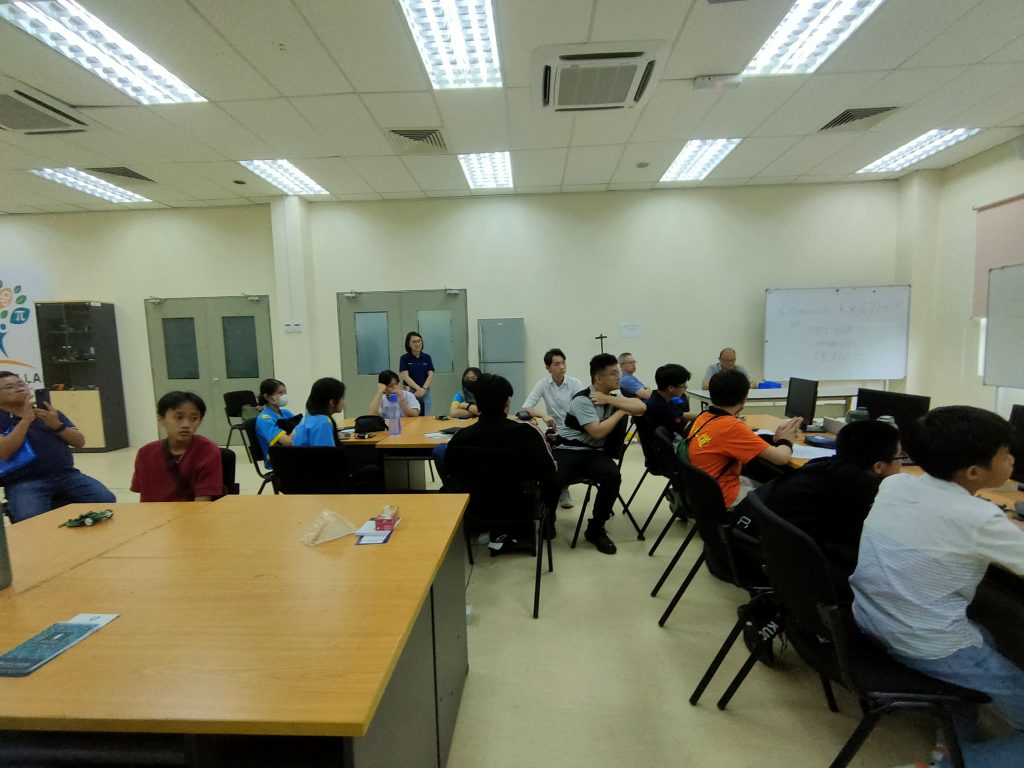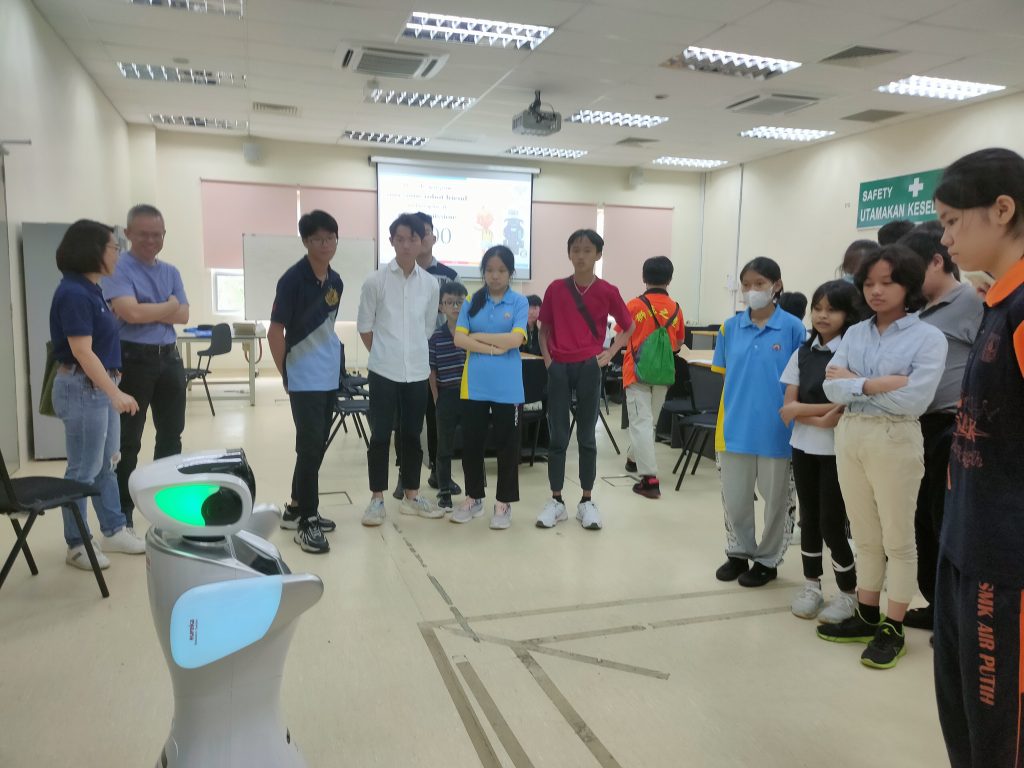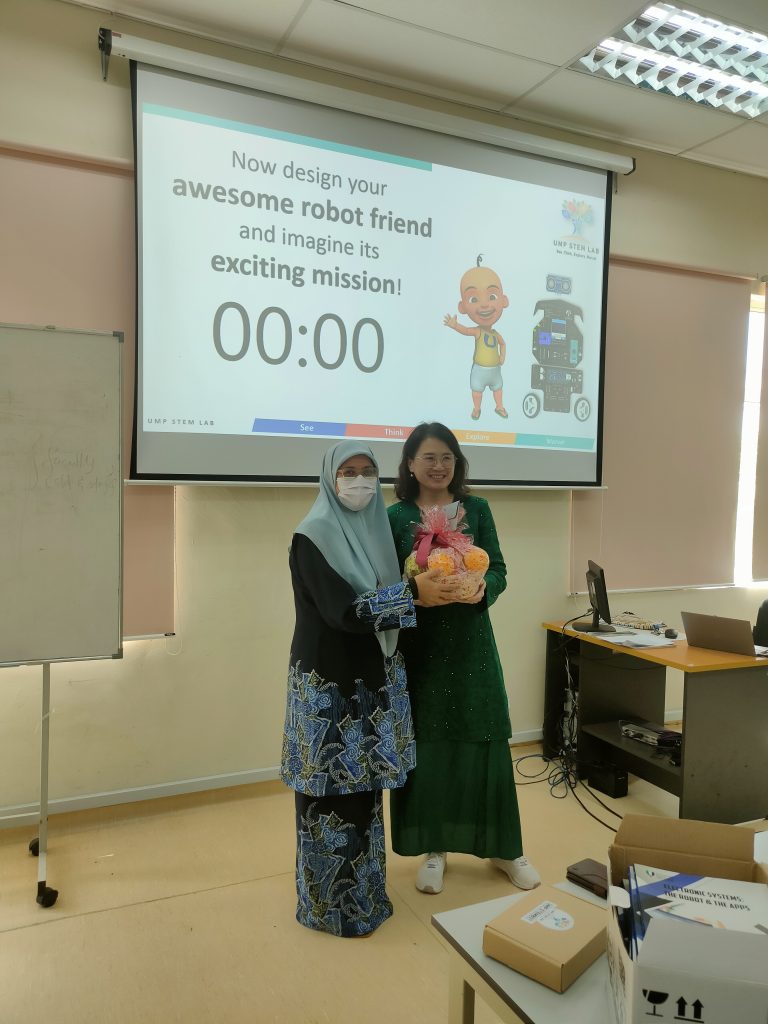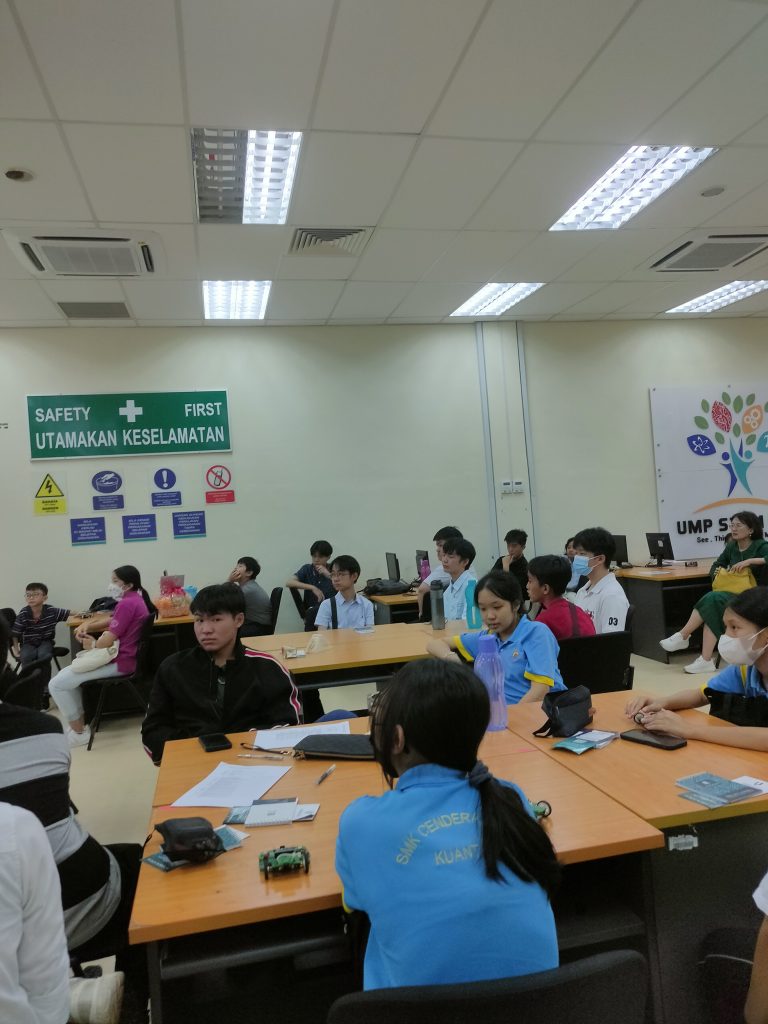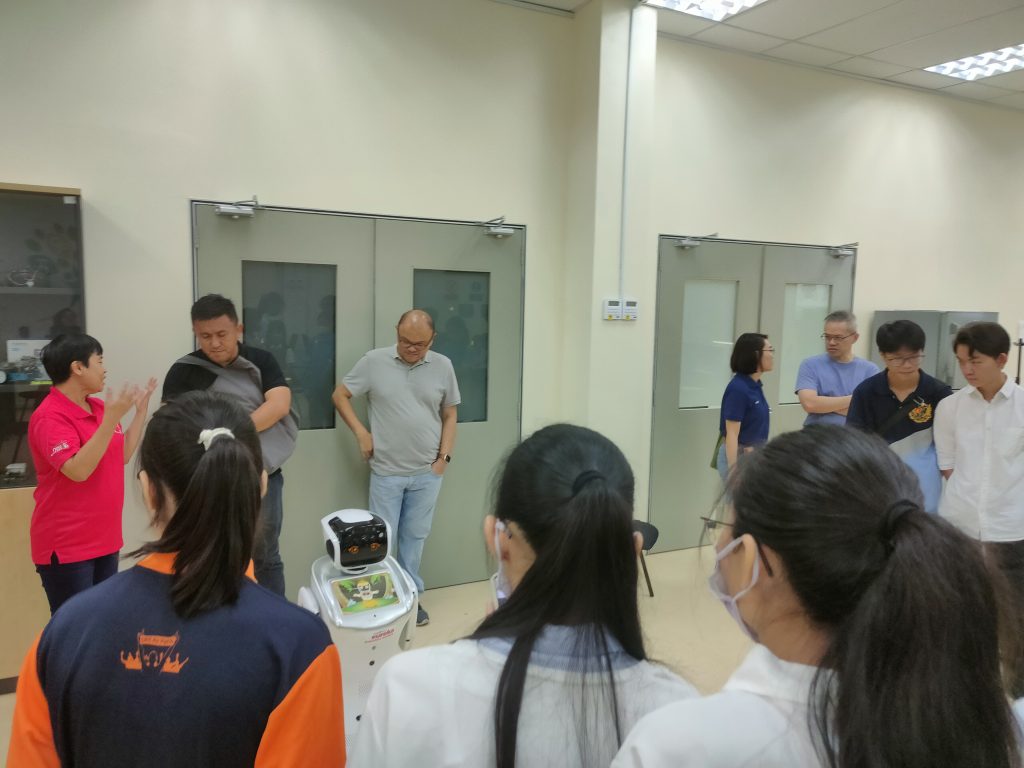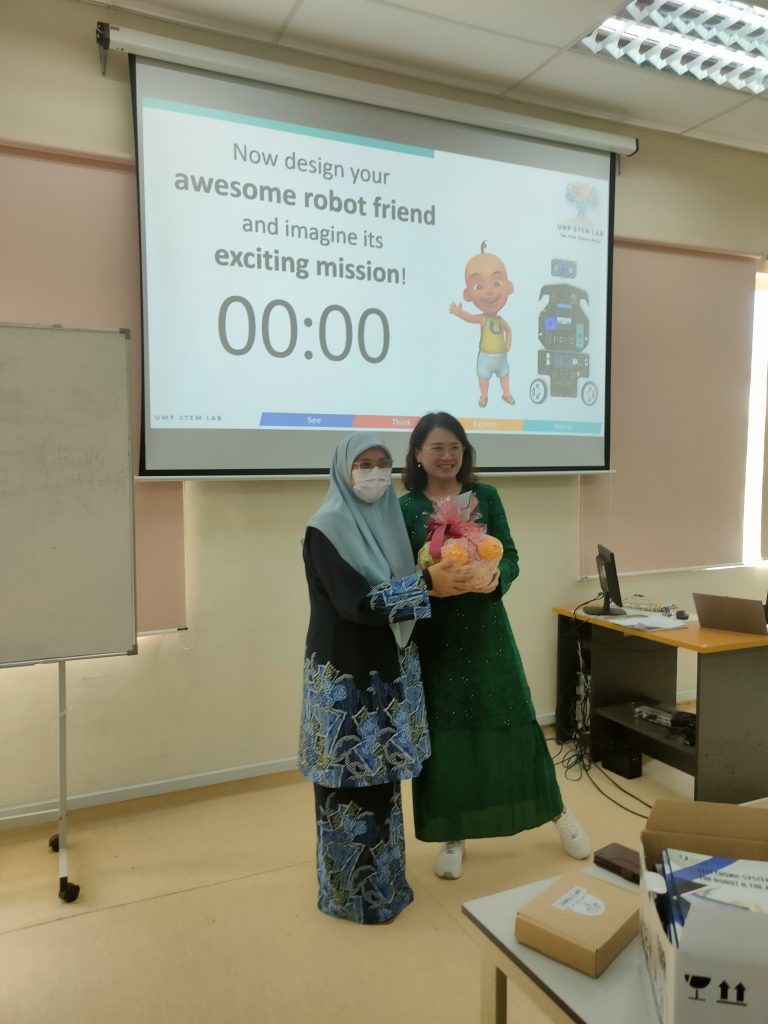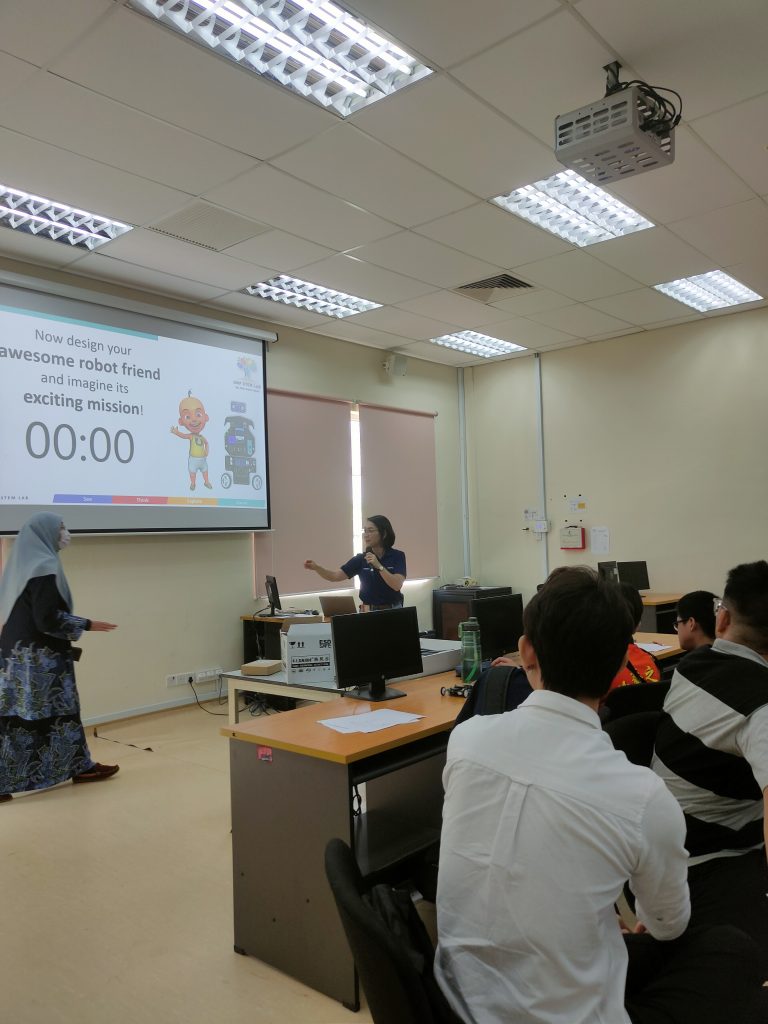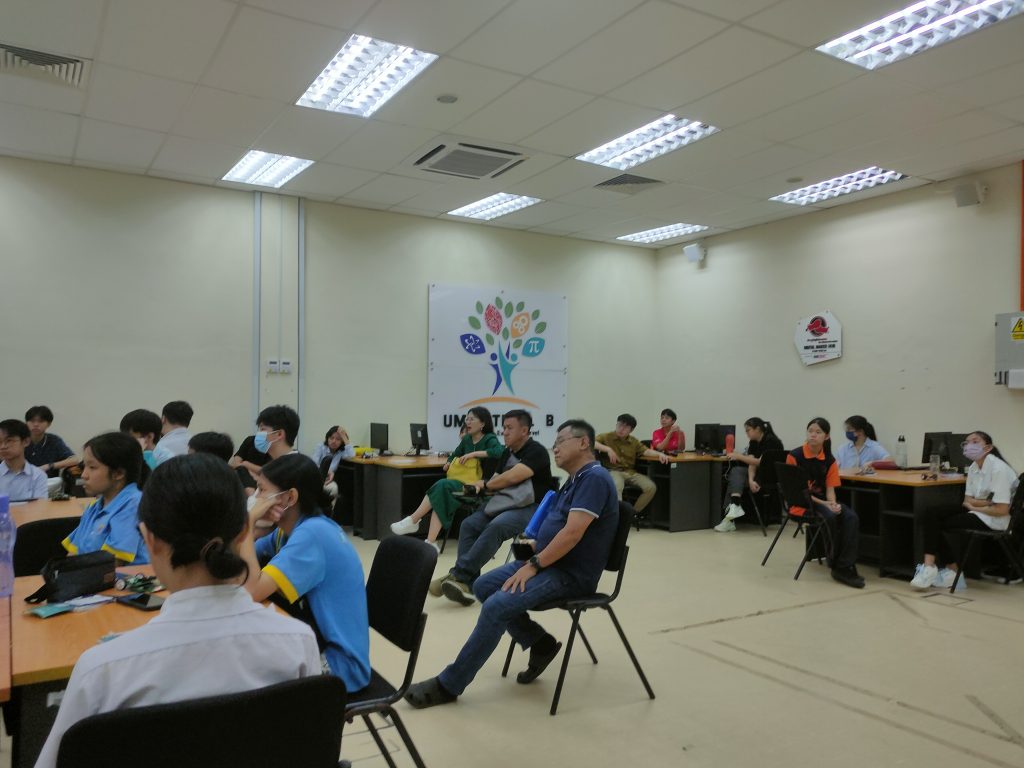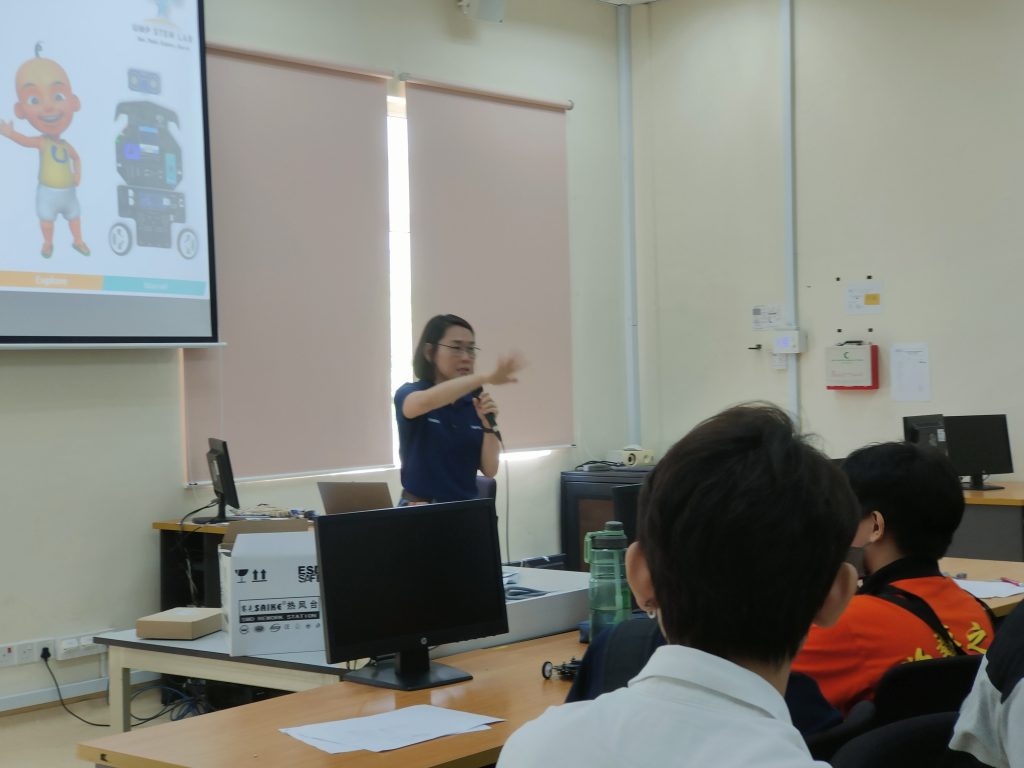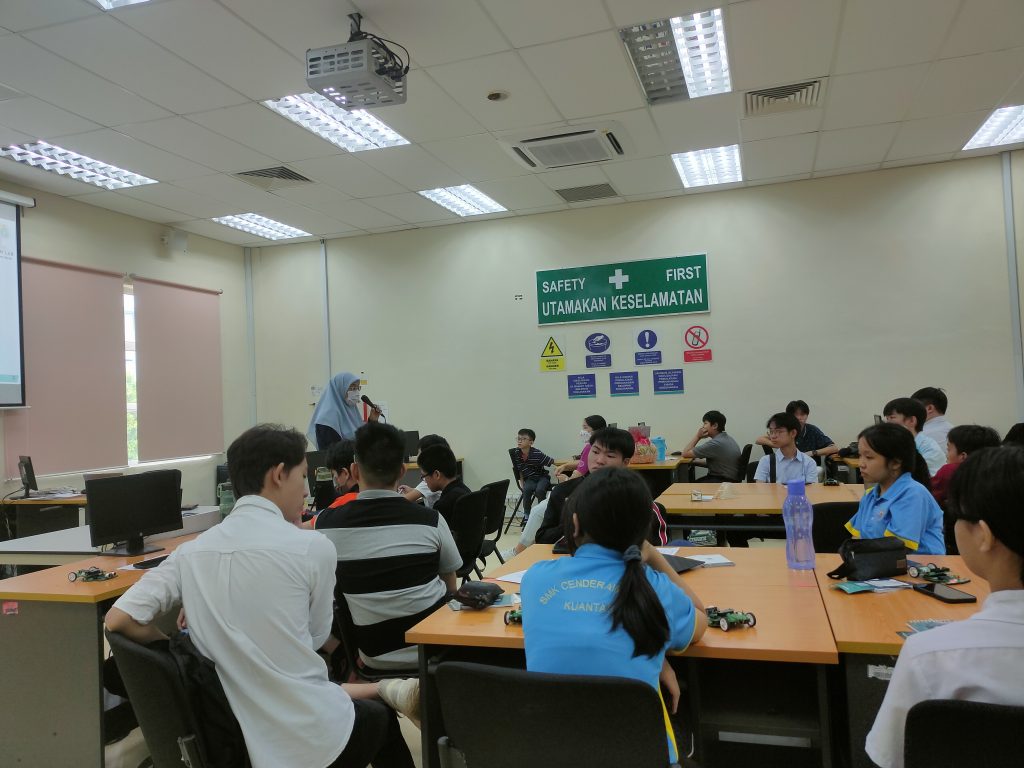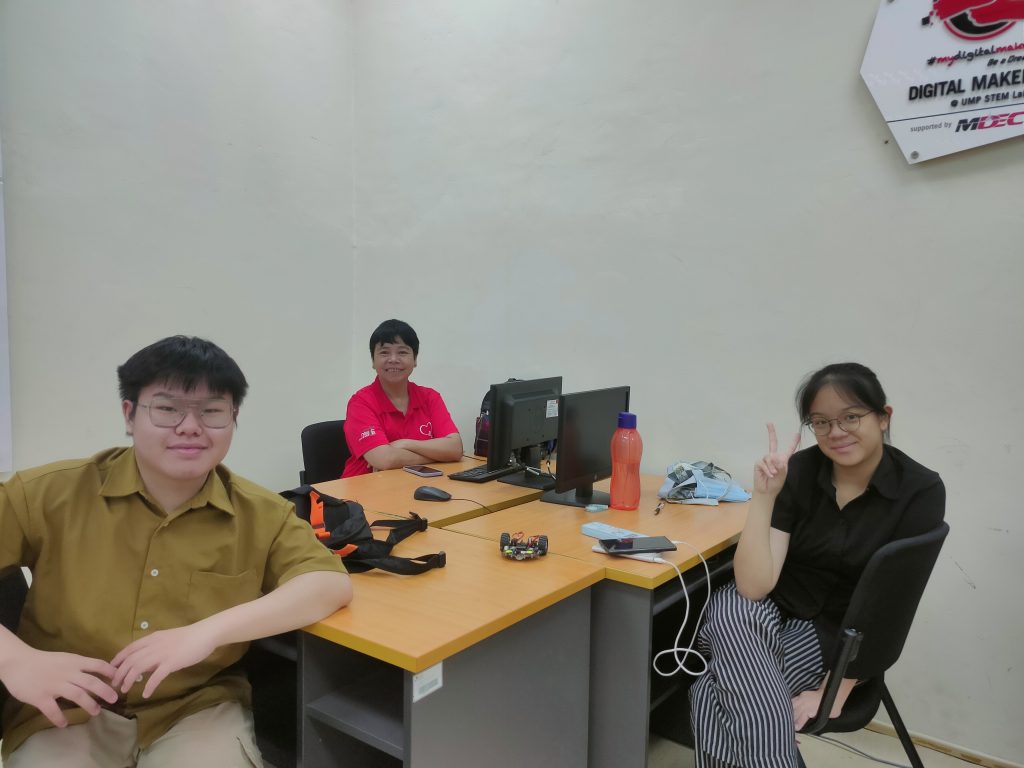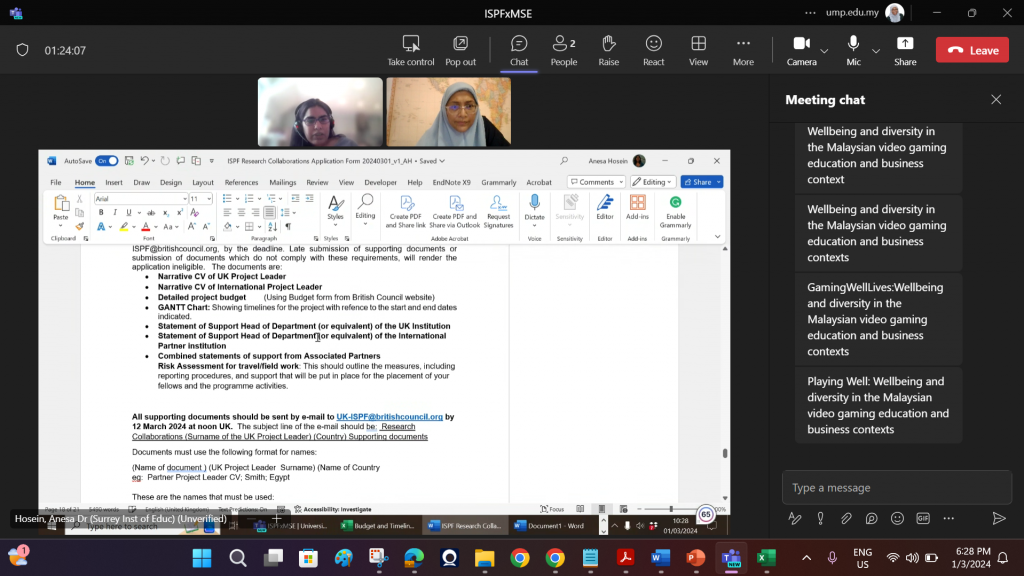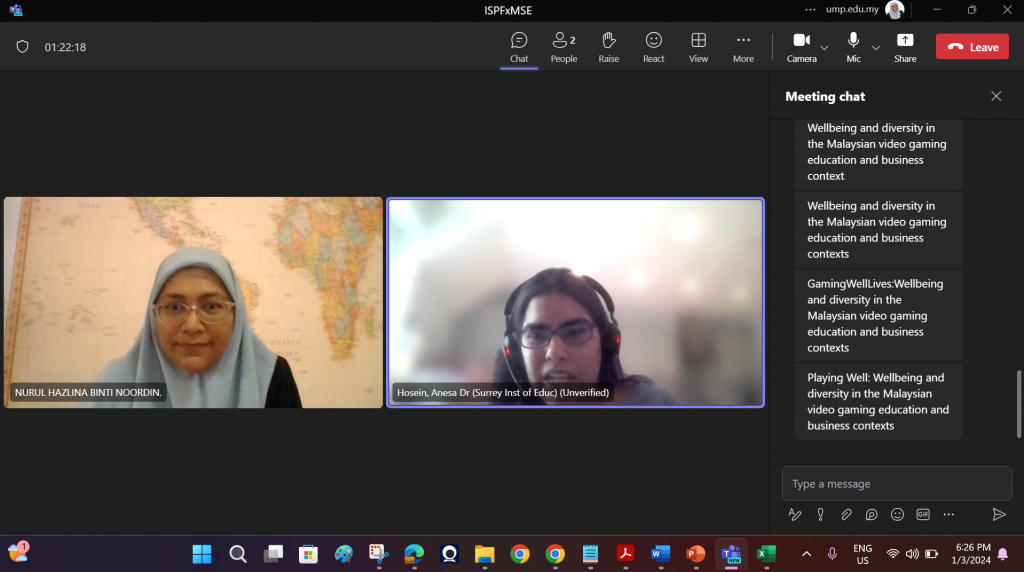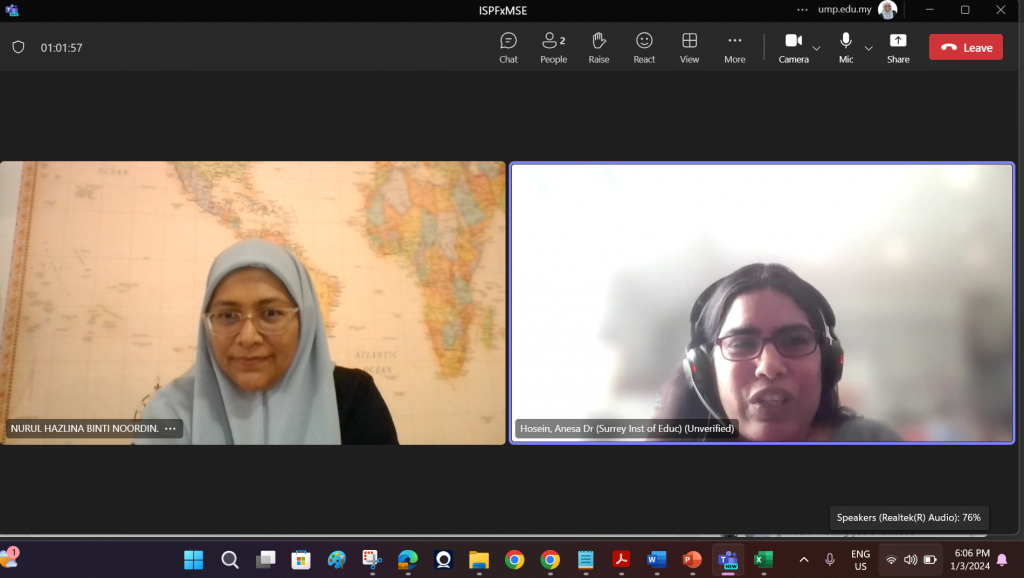Welcome to the world of innovation and programming!
As we dive into the BTE 1522 – Innovation course, we are set to embark on an exciting journey of building competencies in Python programming. This course has been carefully crafted to provide you with a hands-on experience, focusing on two key components: Python programming itself and the fascinating realm of Raspberry Pi.
In the first part of the course, we’ll be delving into the vast landscape of Python programming. This language, known for its simplicity and versatility, is a powerful tool for turning your creative ideas into reality. Our goal is to not only teach you the syntax but also to guide you in understanding coding concepts through practical application.
Week One: Introduction to Replit
What is Replit?
Replit is an online integrated development environment (IDE) that allows you to write, run, and collaborate on Python code in real-time. It eliminates the need for complex installations and configurations, making it an ideal choice for beginners. You can access your projects from anywhere with an internet connection, providing a convenient and flexible coding environment.
Why Replit?
Accessibility: Replit enables you to access your projects from any device with an internet connection, allowing for flexibility and convenience in your coding journey.
Collaboration: The platform supports real-time collaboration, making it easy for you to work on projects with your peers. Collaborative coding enhances your learning experience and fosters teamwork.
No Setup Hassle: Forget about the hassle of setting up Python on your local machine. Replit streamlines the process, allowing you to focus on coding and learning without the headache of installations.
Accessing Course Materials
To enhance your learning experience, you can access course notes and relevant materials on my website. This resource hub will serve as a valuable companion throughout the course, providing supplementary materials, tutorials, and additional insights to support your understanding of the concepts covered in class.
Additionally, Kalam, our dedicated platform for course-related content, will be available for you to access and download materials at your convenience. It’s a centralized hub for announcements, assignments, and collaborative discussions, ensuring you stay connected and engaged with the course content.
Looking Ahead: Designing our First Game
As we familiarize ourselves with Replit in Week One, anticipation is building for the upcoming classes where we will dive into the exciting process of designing our first game. This hands-on project will serve as a practical application of the coding concepts you’ll be learning throughout the course.
Whether you’re a seasoned coder or a complete beginner, this course is designed to cater to all skill levels. The game development aspect will not only be educational but also immensely enjoyable. Get ready to unleash your creativity and witness the transformation of your ideas into a functioning game!
As we venture further into the world of Python programming, keep
